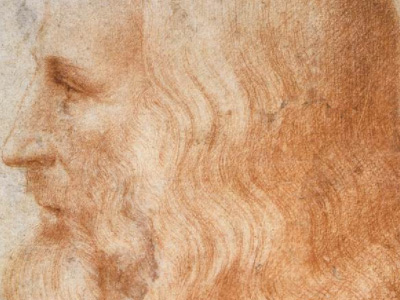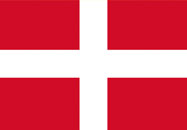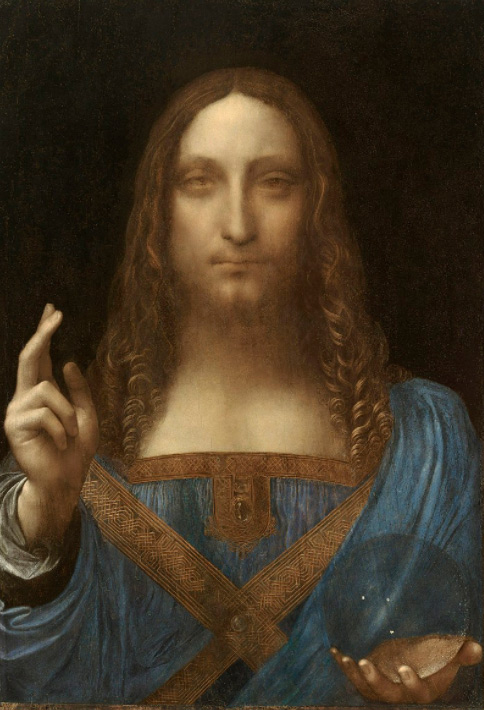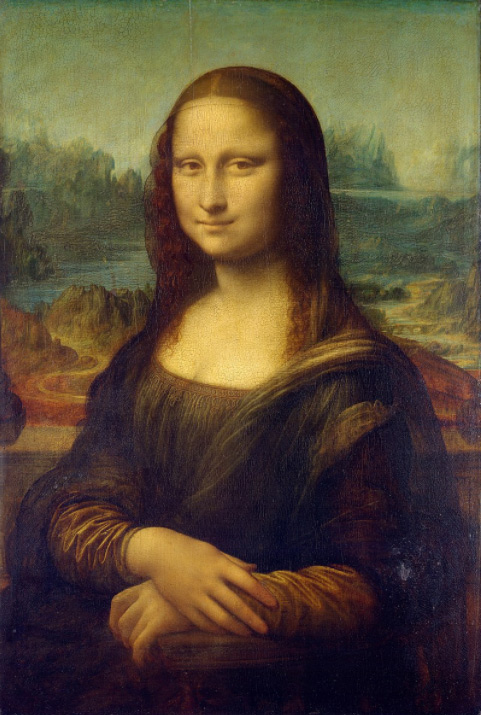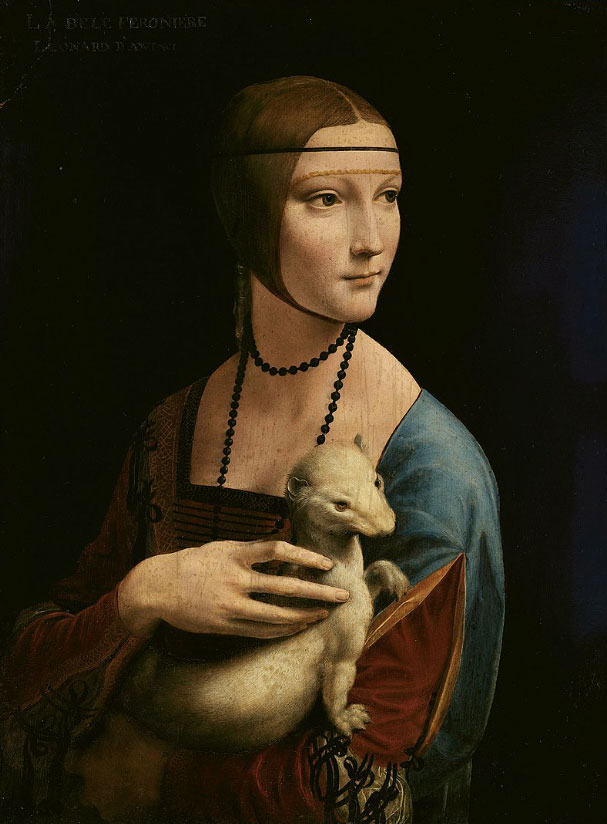Leonardo da Vinci (1452-1519)
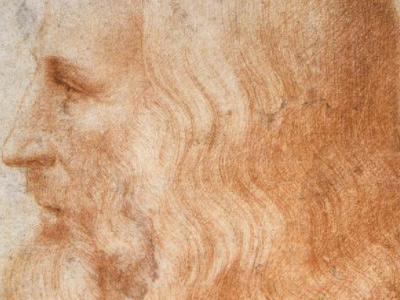
Old Age and Death 1513–1519
From September 1513 to 1516, under Pope Leo X, Leonardo spent much of his time living in the Belvedere in the Vatican in Rome, where Raphael and Michelangelo were both active at the time. In October 1515, King Francis I of France recaptured Milan. On 19 December, Leonardo was present at the meeting of Francis I and Pope Leo X, which took place in Bologna. Leonardo was commissioned to make for Francis a mechanical lion that could walk forward then open its chest to reveal a cluster of lilies. In 1516, he entered Francis' service, being given the use of the manor house Clos Lucé, now a public museum, near the king's residence at the royal Château d'Amboise. He spent the last three years of his life here, accompanied by his friend and apprentice, Count Francesco Melzi, and supported by a pension totalling 10,000 scudi.
Leonardo died at Clos Lucé, on 2 May 1519 at the age of 67. The cause is generally stated to be recurrent stroke; this diagnosis is consistent with accounts of the state of Leonardo's alleged remains as described in 1863. Francis I had become a close friend. Vasari records that the king held Leonardo's head in his arms as he died, although this story, beloved by the French and portrayed in romantic paintings by Ingres, Ménageot and other French artists, as well as by Angelica Kauffman, may be legend rather than fact. Vasari states that in his last days, Leonardo sent for a priest to make his confession and to receive the Holy Sacrament. In accordance with his will, sixty beggars followed his casket. Melzi was the principal heir and executor, receiving, as well as money, Leonardo's paintings, tools, library and personal effects. Leonardo also remembered his other long-time pupil and companion, Salai, and his servant Battista di Vilussis, who each received half of Leonardo's vineyards. His brothers received land, and his serving woman received a black cloak "of good stuff" with a fur edge. Leonardo da Vinci was buried in the Chapel of Saint-Hubert in Château d'Amboise in France The Kingdom of France is the historiographical name or umbrella term given to various political entities of France in the medieval and early modern period. It was one of the most powerful states in Europe since the High Middle Ages. It was also an early colonial power, with possessions around the world. Colonial conflicts with Great Britain led to the loss of much of its North American holdings by 1763. The Kingdom of France adopted a written constitution in 1791, but the Kingdom was abolished a year later and replaced with the First French Republic..
The Kingdom of France is the historiographical name or umbrella term given to various political entities of France in the medieval and early modern period. It was one of the most powerful states in Europe since the High Middle Ages. It was also an early colonial power, with possessions around the world. Colonial conflicts with Great Britain led to the loss of much of its North American holdings by 1763. The Kingdom of France adopted a written constitution in 1791, but the Kingdom was abolished a year later and replaced with the First French Republic..
Some 20 years after Leonardo's death, Francis was reported by the goldsmith and sculptor Benvenuto Cellini as saying: "There had never been another man born in the world who knew as much as Leonardo, not so much about painting, sculpture and architecture, as that he was a very great philosopher."
HISTORY
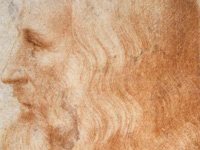
RESOURCES
This article uses material from the Wikipedia article "Leonardo da Vinci (1452-1519)", which is released under the Creative Commons Attribution-Share-Alike License 3.0.
© Stories Preschool. All Rights Reserved.
